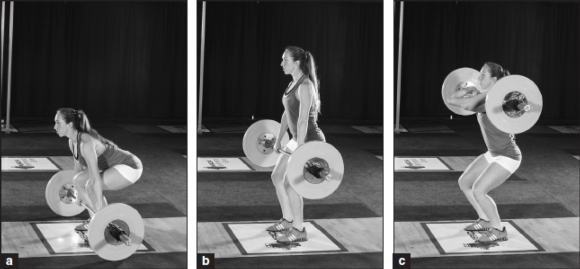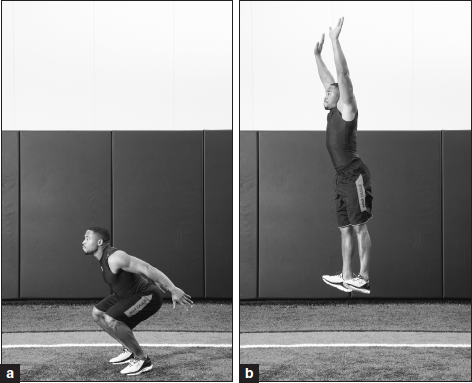Understanding timing cues
This is an excerpt from Timing Resistance Training by Amy Ashmore.
Timing Cues
Muscles learn exercise-specific timing cues from training. Cues are delivered based on the primary muscles trained and the joint actions performed during each exercise when exercises are performed at specific times of the day. For example, a triceps pushdown is similar to a triceps overhead press because both exercises use the triceps muscles as the primary muscle and elbow flexion and extension as the primary joint action. With a regularly scheduled exercise program, the similarity of movement between the two triceps exercises provides muscle clocks with cues about the training mode and type(s) of exercises to anticipate in an upcoming training session and when.
Power exercises are different from strength exercises. Relying on speed, power exercises use plyometric drills that incorporate quicker movements and rely on muscle's ability to generate force after stretching. Because stretch is a primary stimulus for muscle growth, plyometric exercises that deliver timing cues about when stretch will occur and with what exercises provide muscle clocks an unique advantage to prepare for upcoming training sessions to improve muscle performance. Complex training, pairing a strength exercise with an explosive plyometric exercise, adds a new timing cue based on PAP and muscle contractility.
Use of Biomechanically Similar Exercises
Complex training starts with pairing two biomechanically similar exercises, a conditioning exercise plus a plyometric exercise that uses similar muscles and muscle groups and joint actions. For example, the power clean and vertical jump are biomechanically paired exercises that can be used to develop complex paired training sessions. In this case, the conditioning exercise is the power clean (figure 8.5) and the vertical jump (figure 8.6) is the plyometric exercise.

Figure 8.5 Power clean: (a) starting position; (b) transition; (c) catch.

Figure 8.6 Vertical jump: (a) position after countermovement; (b) highest position.
More Excerpts From Timing Resistance TrainingSHOP

Get the latest insights with regular newsletters, plus periodic product information and special insider offers.
JOIN NOW


